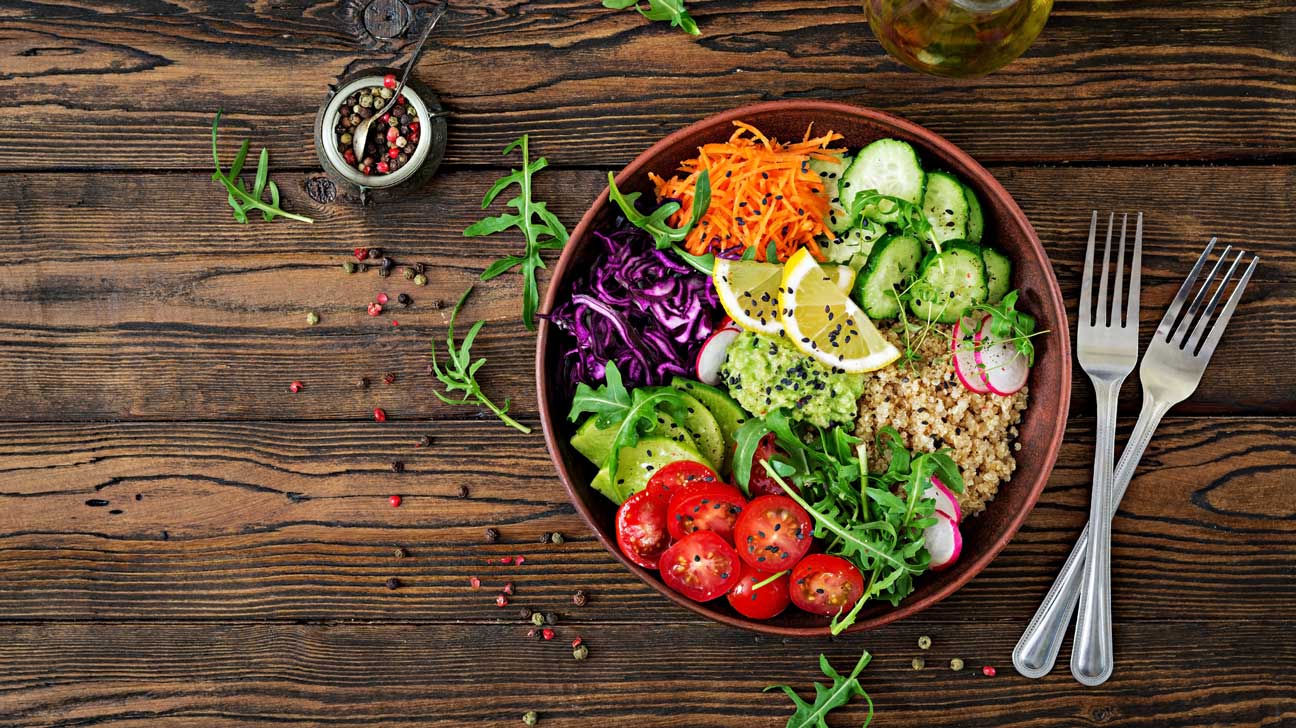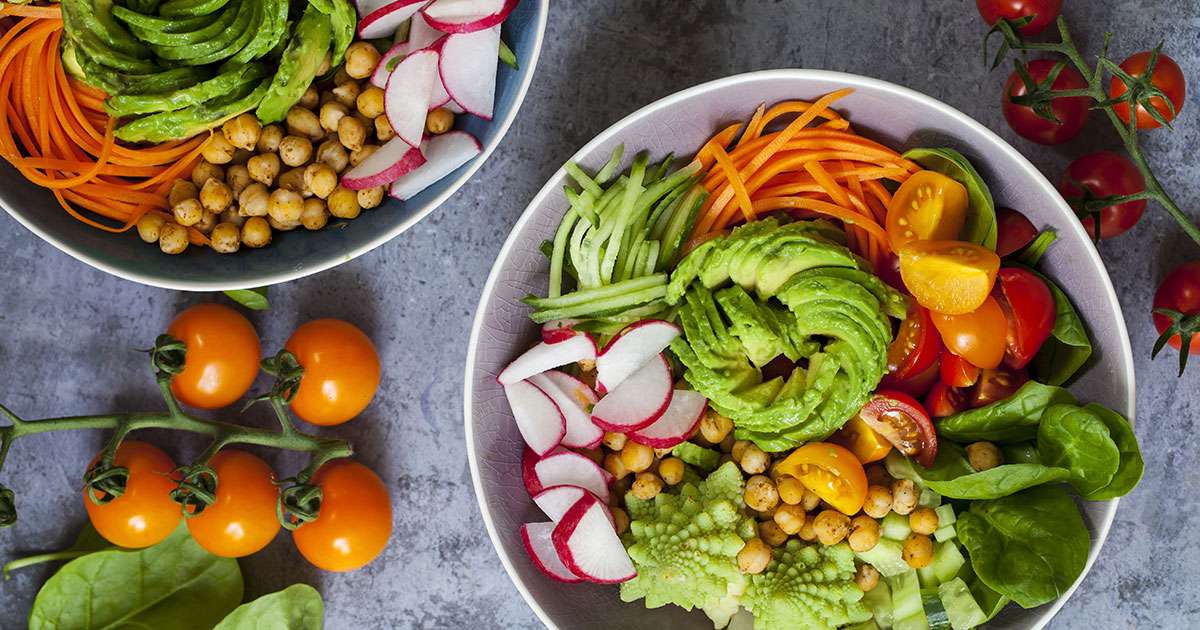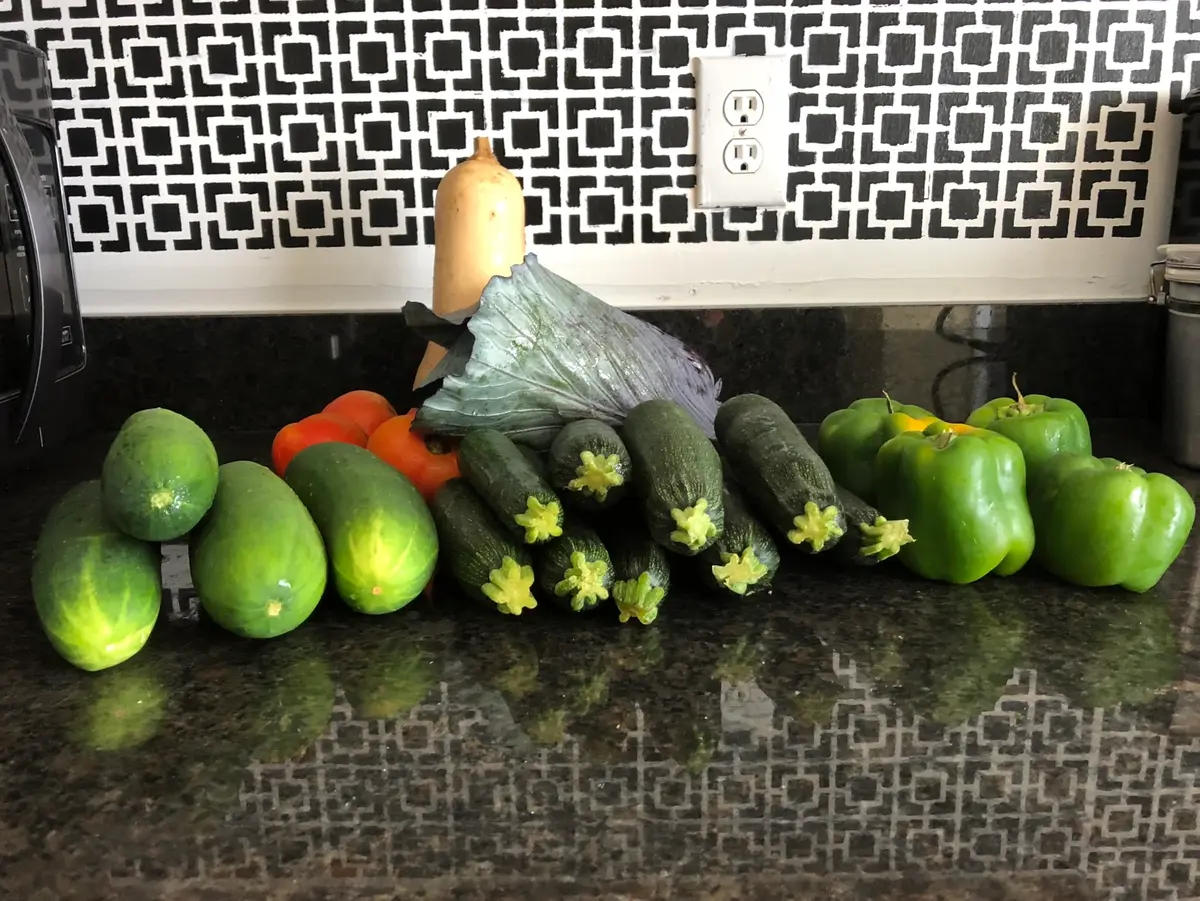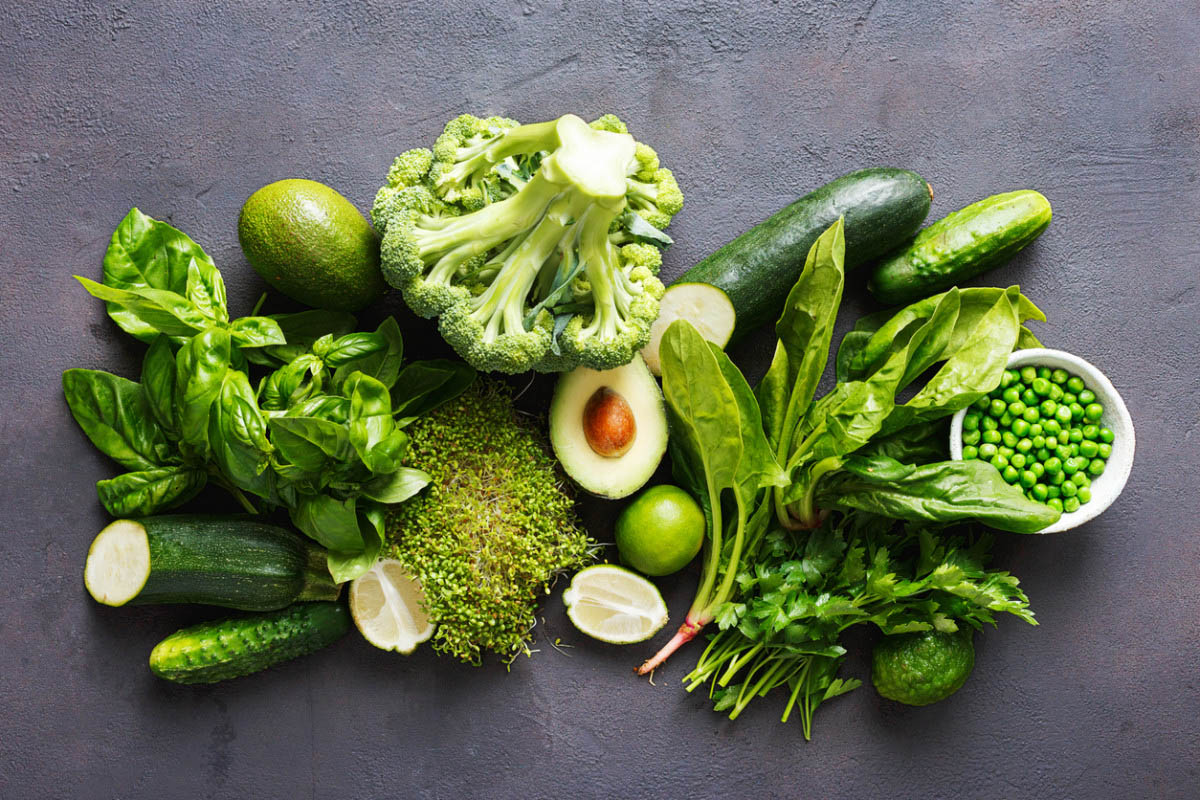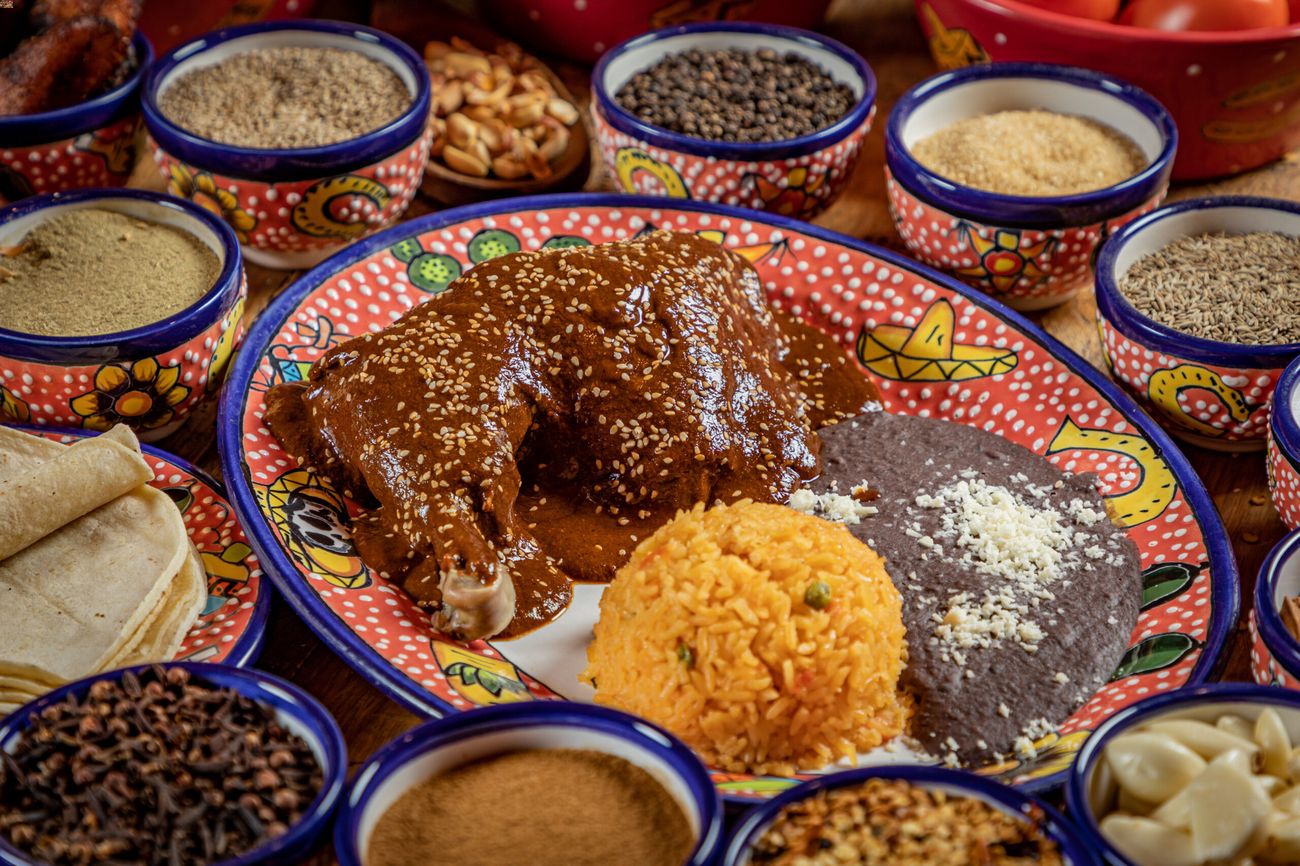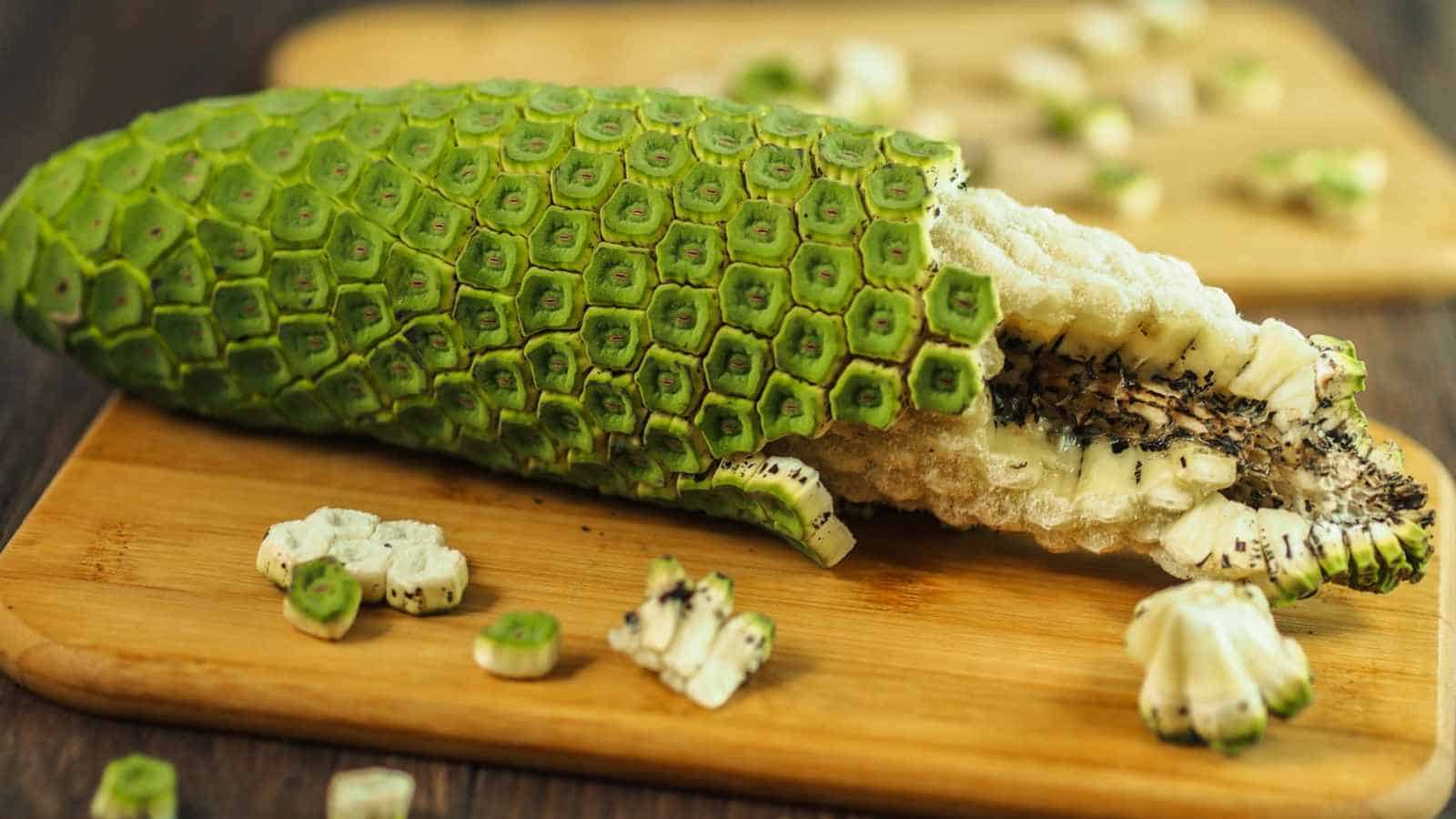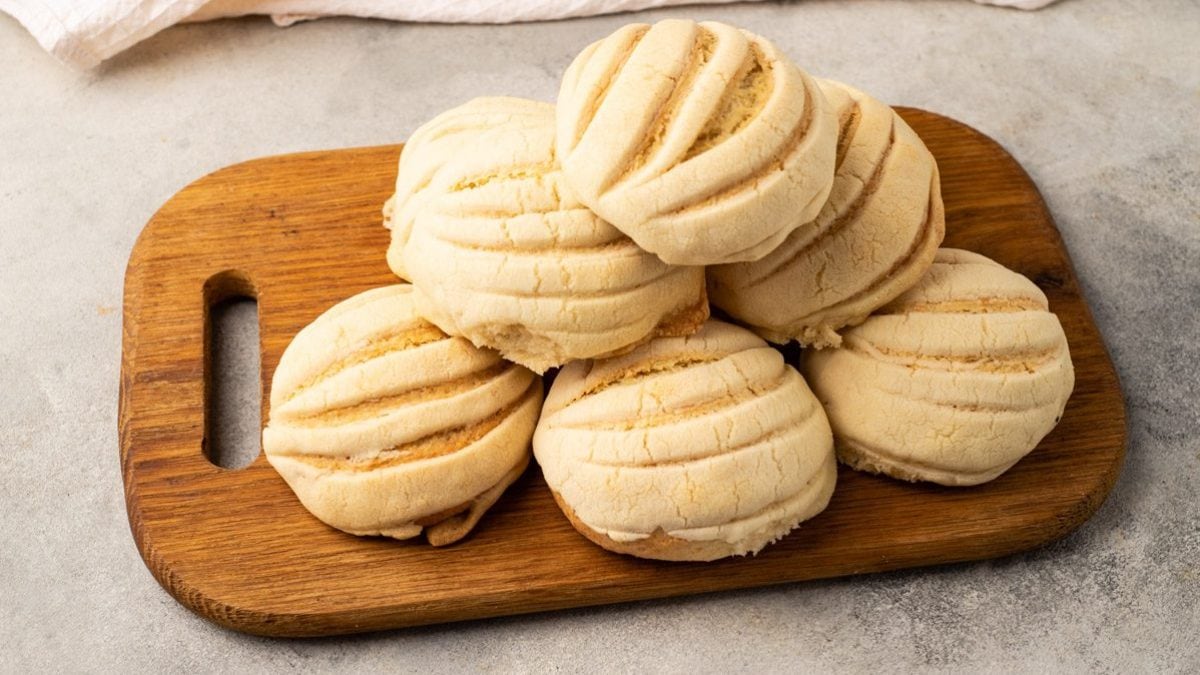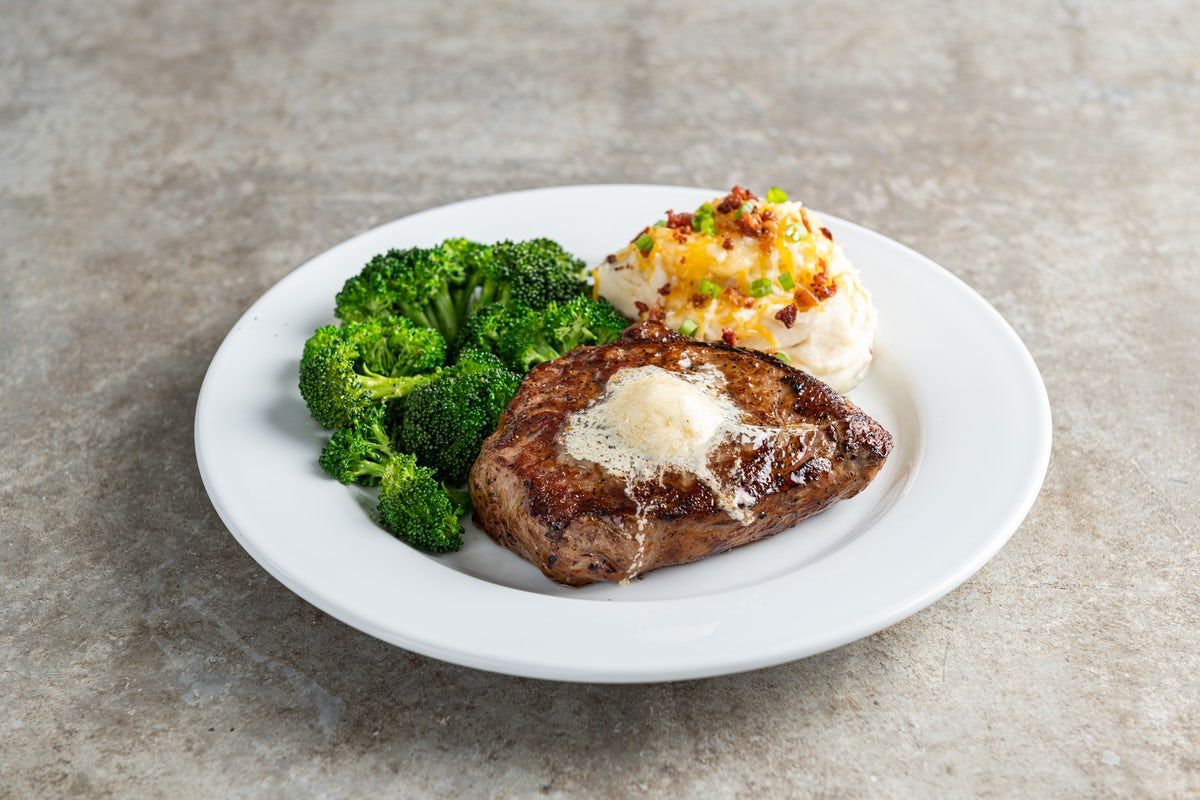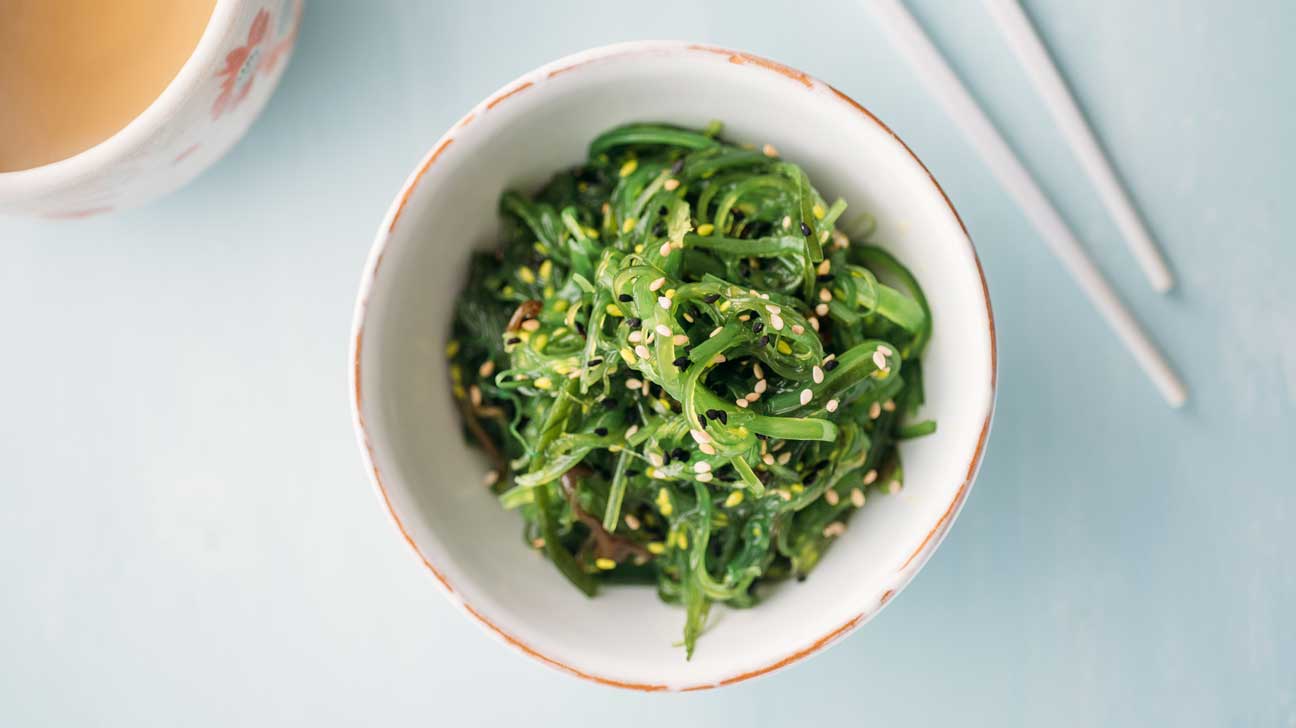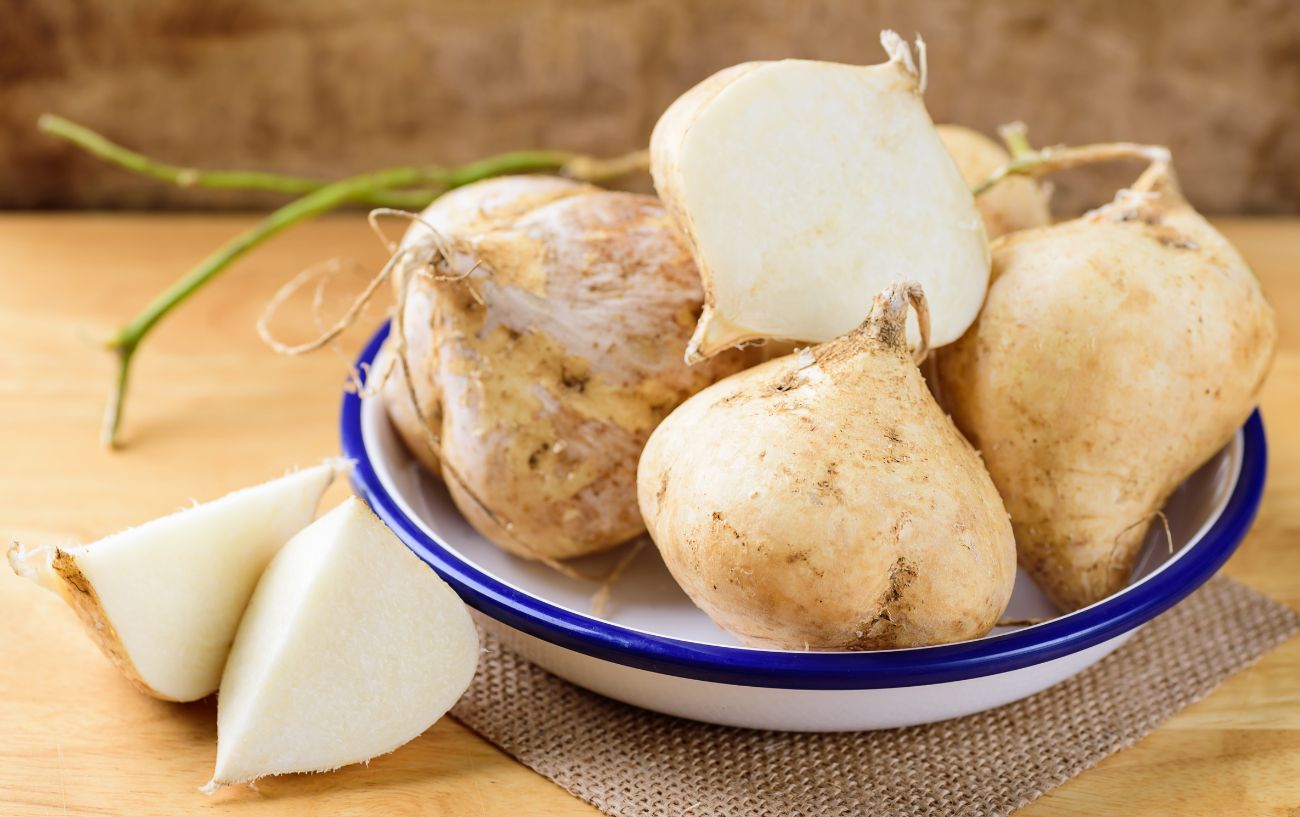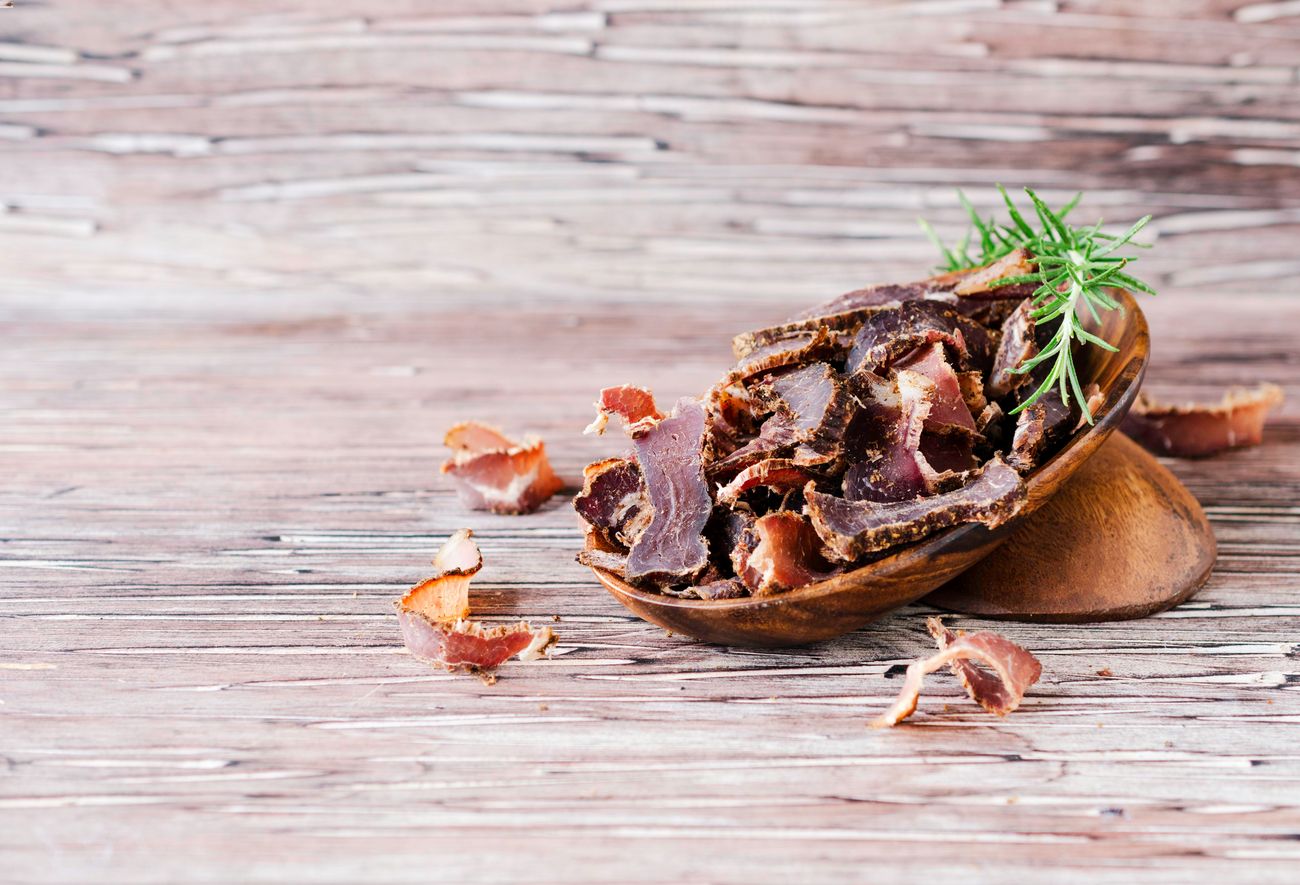How to Boost Your Protein Intake on a Vegan Diet
Following a vegan diet can be incredibly rewarding for both your health and the environment. However, it’s important to ensure that you’re getting an adequate amount of protein to support your overall well-being. Contrary to popular belief, it’s entirely possible to meet your protein needs on a vegan diet. Here are some simple and effective ways to increase your protein intake:
1. Incorporate Protein-Rich Foods
There are plenty of plant-based foods that are packed with protein. Lentils, chickpeas, black beans, quinoa, tofu, and tempeh are just a few examples of vegan-friendly protein sources. Including these foods in your meals can significantly boost your protein intake.
2. Snack on Nuts and Seeds
Almonds, walnuts, chia seeds, and flaxseeds are not only delicious but also high in protein. Snacking on a handful of nuts or adding seeds to your smoothies, oatmeal, or salads can contribute to your daily protein consumption.
3. Opt for Protein-Packed Grains
When choosing grains, opt for quinoa, amaranth, and teff as they are higher in protein compared to other grains like rice or wheat. These versatile grains can be used in a variety of dishes, from salads to stir-fries, to increase your protein intake.
4. Explore Plant-Based Protein Powders
If you find it challenging to meet your protein requirements through whole foods alone, consider incorporating plant-based protein powders into your diet. Pea, hemp, and brown rice protein powders are popular options that can be easily added to smoothies, oatmeal, or homemade energy bars.
5. Make Use of Nutritional Yeast
Nutritional yeast is a vegan pantry staple that not only adds a cheesy flavor to dishes but also provides a significant amount of protein. Sprinkle it over popcorn, pasta, or roasted vegetables for a delicious and nutritious boost.
6. Enjoy Plant-Based Dairy Alternatives
Many plant-based milk alternatives, such as soy milk and almond milk, are fortified with protein. Additionally, vegan yogurt and cheese made from nuts can also be excellent sources of protein. Be sure to check the labels to select products with higher protein content.
7. Plan Balanced Meals
When preparing your meals, aim to include a variety of protein-rich foods along with an assortment of vegetables, fruits, and healthy fats. This balanced approach not only ensures an adequate protein intake but also provides a wide range of essential nutrients.
8. Experiment with New Recipes
Exploring new recipes and cooking techniques can make your vegan journey more exciting and help you discover innovative ways to incorporate protein into your meals. Look for inspiration in vegan cookbooks, websites, and social media for creative and delicious plant-based dishes.
By implementing these strategies, you can easily increase your protein intake while enjoying a diverse and satisfying vegan diet. Remember that variety is key, so aim to include a wide range of protein sources in your daily meals to ensure that you’re meeting your nutritional needs.
With a thoughtful and well-planned approach, eating more protein on a vegan diet can be both achievable and enjoyable.
